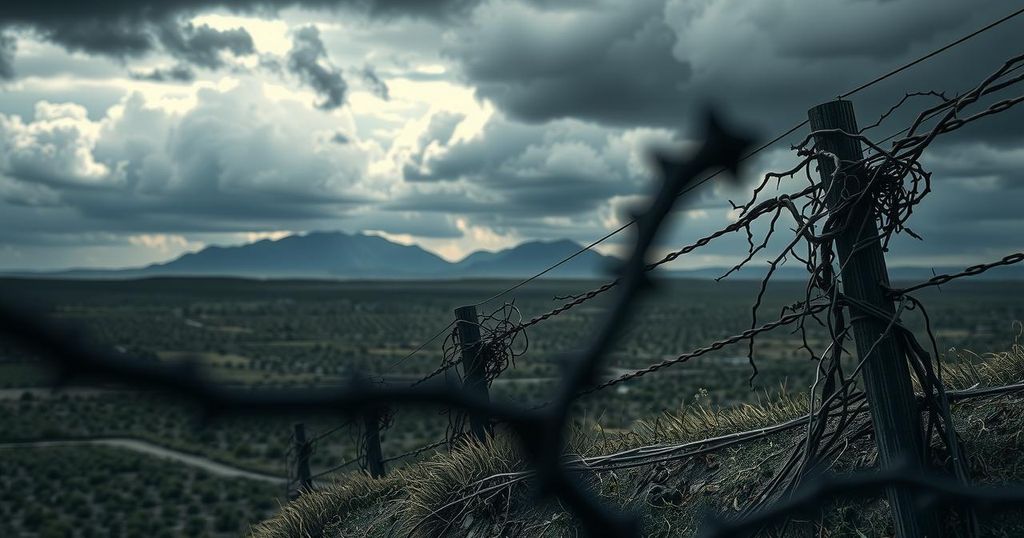M23 Rebels Claim Control of Goma, Heightening Fears of Regional Conflict

The M23 rebel group claims to have captured Goma in the DRC, escalating tensions with Rwanda and sparking mass panic among residents. The DRC government disputes this claim, yet reports and videos indicate significant military setbacks for its forces. The situation has prompted a surge in displacements, with fears that the conflict may widen and complicate an already severe humanitarian crisis in the region.
The M23 rebel group has claimed control of Goma, the largest city in eastern Democratic Republic of Congo (DRC), escalating tensions between the DRC and Rwanda, which allegedly supports the rebels. As violence intensifies, residents have reported widespread panic and a significant exodus from the city. Although the DRC government disputes the fall of Goma, their armed forces have been overwhelmed, prompting mass surrenders and chaotic scenes in the city.
M23 spokesperson Lawrence Kanyuka assured residents that the situation was under control despite the reported capture of Goma. Tensions have escalated further with heavy artillery fire reported within the city, and unverified videos have surfaced showing prisoners escaping from a local jail amidst the conflict. The situation remains dire, as humanitarian efforts are hindered, and thousands flee their homes.
The current unrest has its roots in a long-standing conflict fueled by the region’s rich mineral resources, attracting various armed groups and international interests. The M23 group was formed in 2012, primarily comprising Tutsi individuals who previously served in the DRC military to protect their community. The DRC has accused Rwanda of backing M23, further complicating the conflict with regional implications.
United Nations reports indicate that M23 fighters, allegedly aided by Rwandan troops, are aggressively advancing with over 8,000 members reportedly involved. The DRC’s military response includes heavy artillery and helicopters, unbeknownst to the extent of Rwandan assistance. This complex situation raises fears of a broader conflict involving the DRC, Rwanda, and possibly other neighboring countries.
The humanitarian crisis in eastern DRC is already severe, with millions displaced over the years, and now it faces further destabilization due to the M23 insurgency. As Goma’s airport and main roads are reportedly compromised, this situation threatens to exacerbate an already critical humanitarian situation, potentially leading to a wider regional conflict. The international community must closely monitor these developments and the involvement of international peacekeeping forces in the region.
The ongoing conflict in eastern DRC has persisted for over 30 years, primarily driven by struggles over mineral-rich territories. The M23 rebel group, which emerged in 2012, has aimed to protect the Tutsi community amid broader ethnic tensions and instability. Rwanda’s suspected support for M23 adds an international dimension to the conflict, as both nations have a history of mutual accusations regarding military involvement. The situation is further complicated by the presence of United Nations peacekeepers, who face limitations in their engagement, as regional tensions continue to soar, prompting fears of an even larger regional conflict.
The M23 group’s declaration of control over Goma marks a significant escalation in the conflict in eastern DRC. As humanitarian concerns rise amid reports of civilian casualties and mass displacements, the possibility of a broader conflict involving regional powers cannot be overlooked. The international community must address the root causes of this conflict while providing support for humanitarian efforts to protect those affected.
Original Source: www.twz.com








